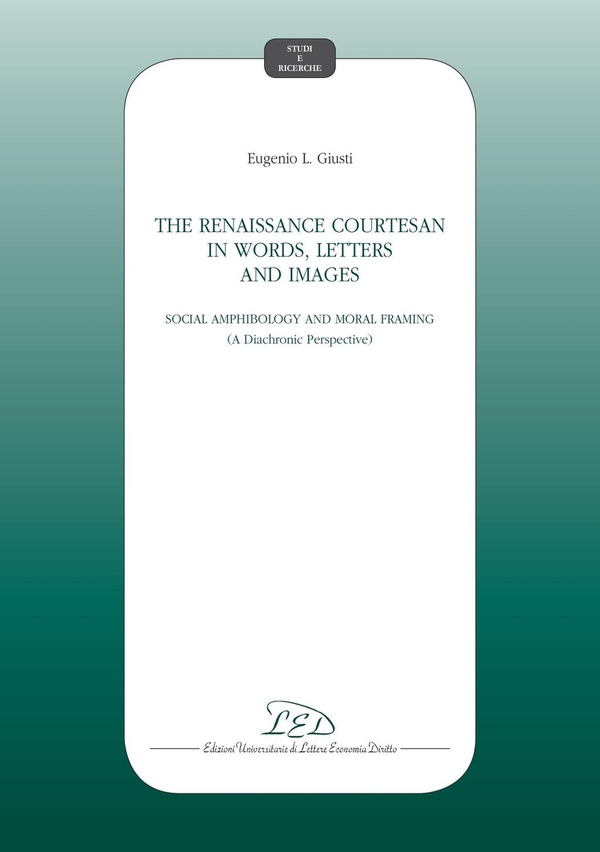Per gli acquisti online: spese di spedizione gratuite da 25€ - Per i soci Coop o con tessera fedeltà Librerie.coop gratuite a partire da 19€.
EBOOK - pdf

The Renaissance courtesan in words, letters and images
Protezione:
Adobe DRM
€ 11,99
Dettagli
| FORMATO | |
| EDITORE | LED Edizioni Universitarie |
| EAN | 9788879167048 |
| ANNO PUBBLICAZIONE | 2014 |
| CATEGORIA |
Critica e storia della letteratura Storia |
| LINGUA | eng |
Dispositivi supportati
Computer
E-Readers
iPhone/iPad
Androids
Kindle
Kobo
Descrizione
Although throughout history women had been confined to enclosed spaces, the advent of courtly life and culture required that men and women would share and interact in public arenas like the princely courts, intellectual salons, or gambling houses. But also in all of these public spaces behavioral rules and regulations aimed to control women’s body by equating honesty with chastity. In this monograph I analyze how in the XVI, XVII, and XVIII centuries women in general, and in particular prostitutes and courtesans, repeatedly challenged those rules in the attempt to affirm their individual freedom. I call this behavior «social amphibology », as just like amphibians these women were able to cross class boundaries and thrive in different social environments. My analysis has three complementary approaches. First, an historical approach where census documents and sumptuary laws are investigated in order to describe the ways in which the political establishment unsuccessfully attempts to enforce its rules over women’s behavior. Second, a literary approach where works by Castigione, Aretino, Bandello, and Veronica Franco are analyzed in order to emphasize the terminological proximity between the legal and the literary languages, and the evolution of the term «courtesan» with its attribute «honest». A third – visual – approach looks at prints of women’s clothing, made by XVI and XVII century artists.The iconographic similarity of all of the images requires a set of rubrics or labels, as a way to control such visual amphibology. In the last segment of this monograph I apply a diachronic perspective to these visual representations as I show how contemporary art historians use the same means of categorization, used in previous centuries, to identify – without any definite proof – paintings and prints included in two recent art exhibitions.
